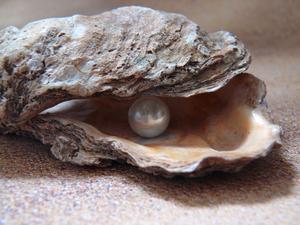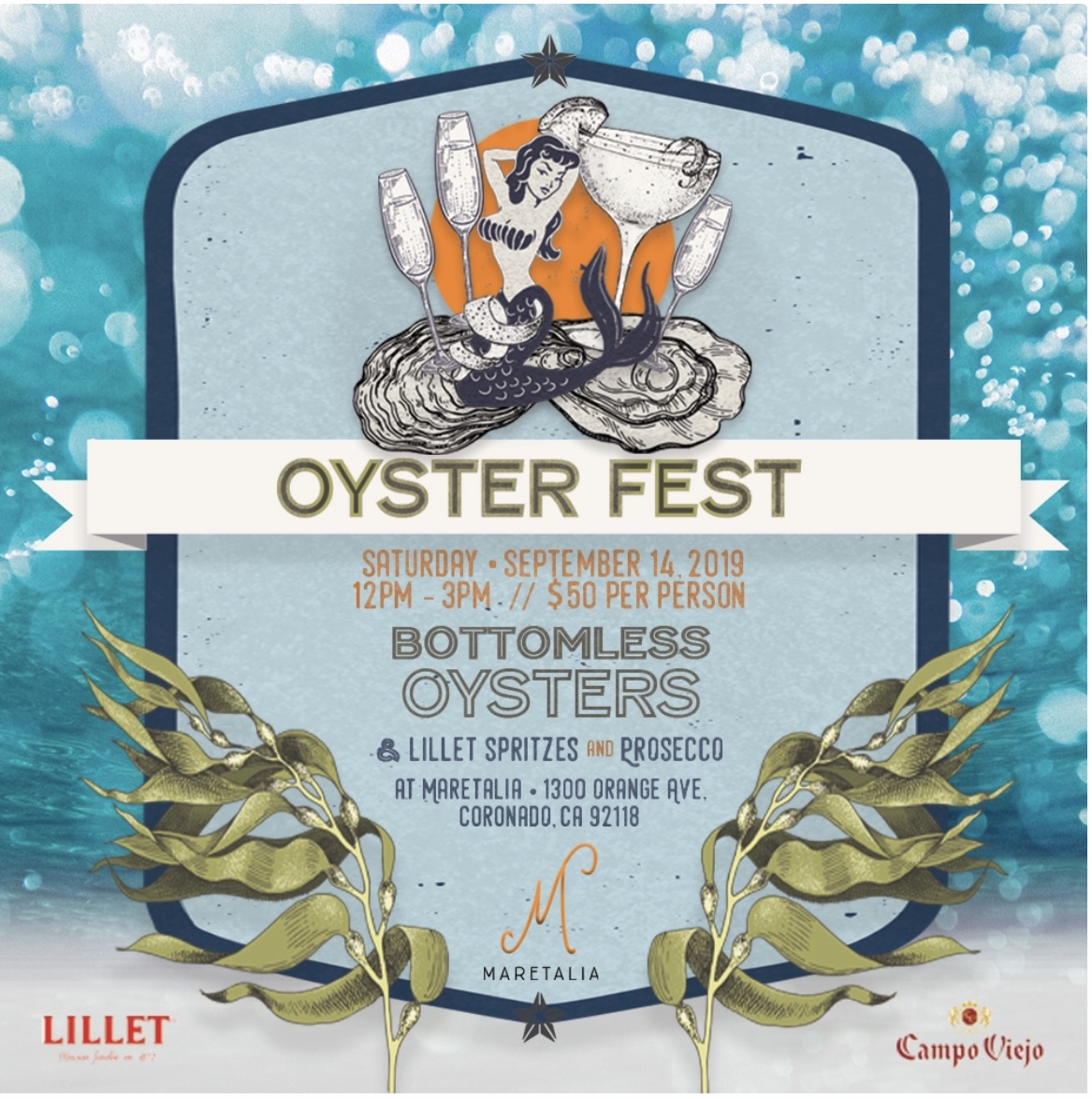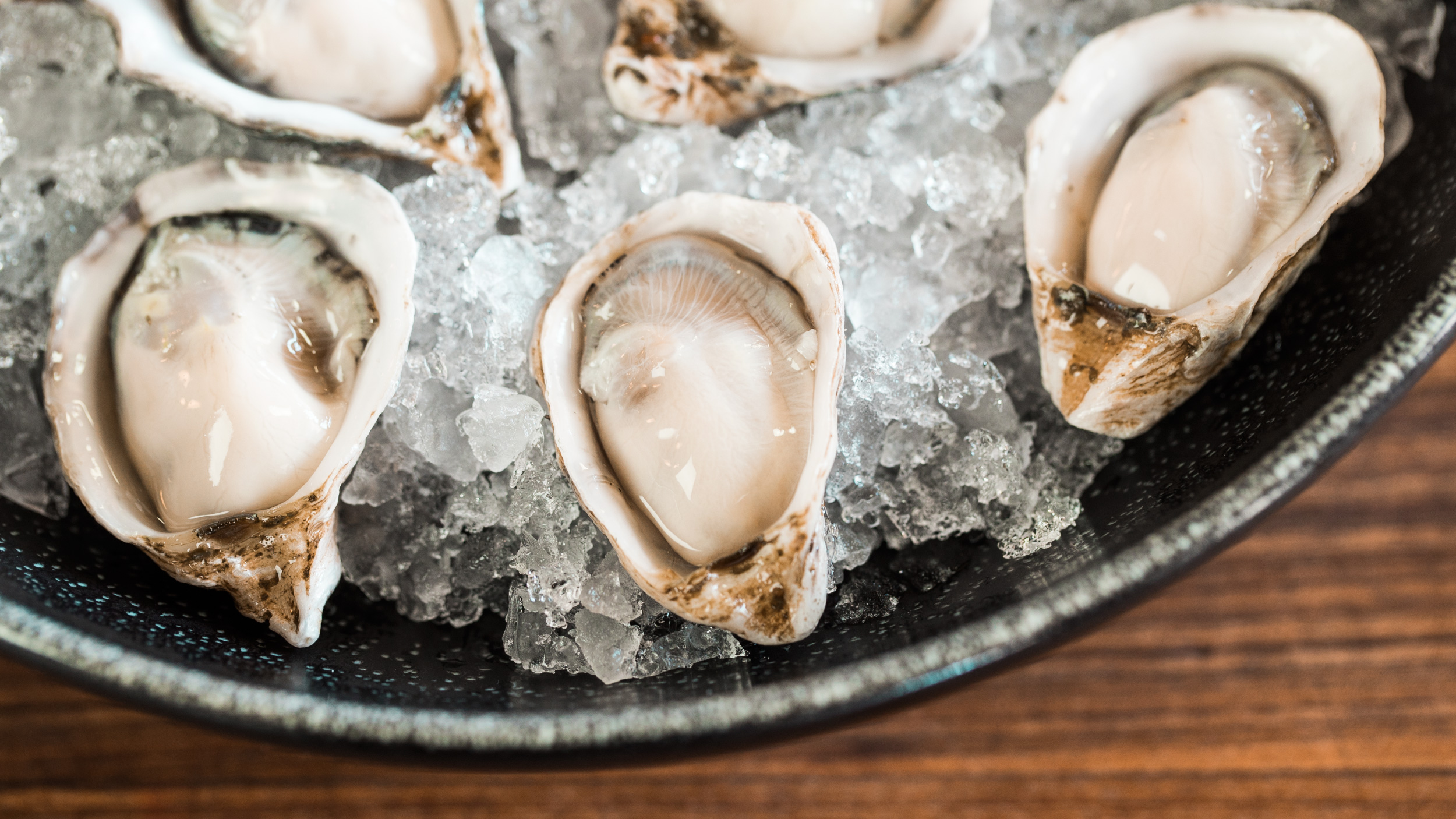I don’t know about you, but I’ve got oysters on the mind! Lucky for me, Maretalia is hosting its first-ever OYSTERFEST this Saturday from 12-3pm. Think: bottomless oysters, small bites, endless Prosecco and Lillet spritzes. (Link to buy tickets and promo code at end of article.) But it got me thinking…what is it about oysters that makes them so darn delicious? (I know they aren’t for everyone, but they are definitely in my top five food groups.) To me, it’s like taking a taste of the ocean. And what’s not to love about the ocean?
So I did a little research, and compiled these fun and jaunty facts…
- Oysters change their gender. What?! It’s true. All oysters start off as male, but most change permanently to female by the time they are a year old. Their reproductive organs produce both sperm and eggs, and they can change gender at their will. It is technically possible, therefore, for an oyster to fertilize its own eggs.
- Humans have been eating and cultivating oysters for thousands of years. Oysters have been eaten by humans since prehistoric times, and cultivated at least since the times of the Roman Empire. The Roman Sergius Orata was the first person known to cultivate oysters by building a system that could control water levels.

- Manhattan’s oldest street, Pearl Street, is named so because it was covered with crushed oyster shells. In the 17th century, the shore of New York City was covered in oyster beds, much to the delight of the native Lenape Indians.

- Move over, Brita! Oysters are amazingly powerful little water filters. In fact, each day one oyster filters 50 gallons of water. A healthy one-acre oyster reef filters 24 million gallons…that’s enough to fill 36 Olympic size swimming pools!
- Oysters are super good for you. Hooray! Oysters are high in zinc, which is good for your immune system, and also provide calcium, vitamin A, vitamin B12, vitamin C, omega 3 fatty acids, iron, and protein. Oysters are also low in cholesterol.
- Most American oysters are of the same species. Oysters harvested from the Gulf of Mexico, Chesapeake Bay and off the coast of Virginia are all the same oyster, Crassotrea virginica. This oyster species is native to the Gulf Coast and the East Coast. However, this does NOT mean they all taste the same.
- Oysters get their flavors from their environments. Although most American oysters are the same species, they have different flavors. Because oysters filter so much water, they develop a flavor profile from their environment. Different bodies of water have varying levels of salt and different kinds of nutrients.
- Like wines, oysters have a variety of flavor profiles. The flavor of oysters can be categorized mainly by the following flavor characteristics: briny, buttery, sweet, metallic and mild. Experts can break down these flavors even further, picking out flavors like melon, cucumber, mushroom and more.
- Oyster reefs are really strong—so strong that they can hold back fierce waves. Oyster reefs provide an effective natural barrier to storm waves and sea level rise. They absorb as much as 93 percent of wave energy, which reduces erosion, flooding, and property damage from coastal storms.
- In captivity, an oyster can live up to 20 years. Oysters are capable of spawning within their first year of life, and they reach prime spawning size by the time they are three years old.
- Pearls don’t only come from oysters. All oysters are capable of producing pearls, but not the shiny, pretty pearls of value. In fact, most pearls are harvested from an inedible type of oyster as well as from freshwater mussels.

- Oyster reefs are endangered world-wide. But reef restoration efforts have been successful! Oyster reefs are the single most imperiled marine habitat on Earth, with up to 90 percent of wild reefs lost. The main culprit is destructive fishing practices, including over-harvesting, along with habitat loss and declining water quality. Fortunately, oyster reef restoration efforts are very successful. Some 80 restoration projects are currently underway around the U.S., including Nature Conservancy projects in Texas, Louisiana, Mississippi, Alabama, Florida, Georgia, South Carolina, and North Carolina. Monitoring of these projects has shown as much as 212 percent increases in oyster growth and 850 percent increases in other marine life on the reefs.
Bonus Fact:
And the fact you’ve been waiting for…is it true that oysters are good for your sex life? After all, Casanova supposedly ate 50 of them for breakfast each day. But the experts say…sorry, you’re going to have to rely on your charm. There is little–if any–truth to the idea that oysters are an aphrodisiac. They do contain phosphorus and iodine, which may increase human stamina, and zinc is known to aid in production of testosterone. In addition, American and Italian researchers found that a type of mussel related to oysters contains two rare amino acids: D-aspartic acid and N-methyl-D-aspartate, which have been shown to increase sperm motility and stimulate testosterone in mice. But no studies have looked at whether that translates to increased libido.
I hope you found these oyster facts useful! I’m excited to down a bunch of oysters this Saturday at Maretalia. You can buy tickets online here. Don’t forget the ISLANDGIRL1300 discount code for $5 off.
And remember, Blue Bridge offers a FREE CAR SERVICE to the Village and Cays, so you can enjoy those bottomless mimosas and Lillet spritzes responsibly! See you on Saturday, and let the irresponsible consumption of oysters commence!
Thanks for reading.


